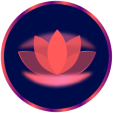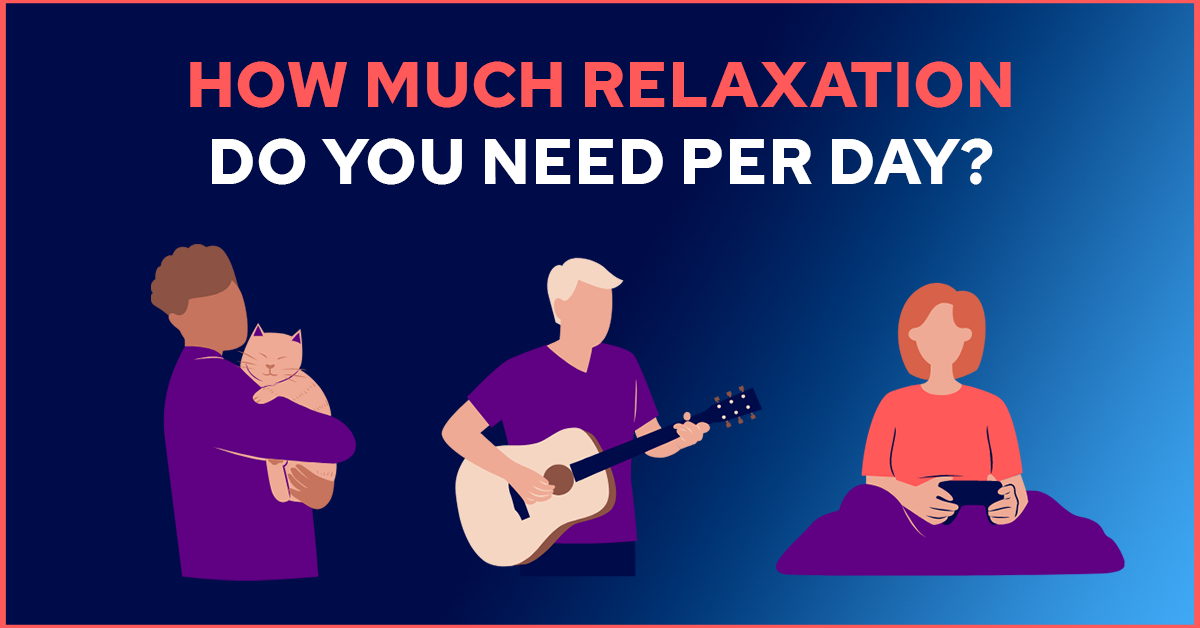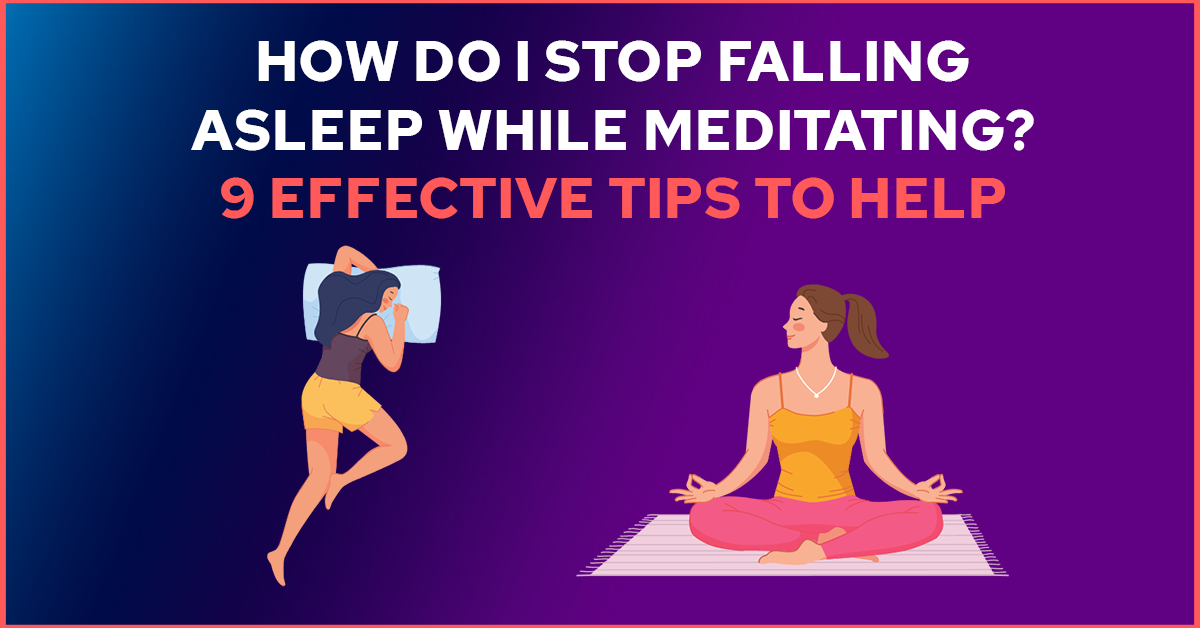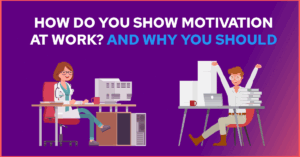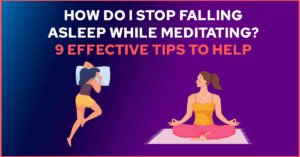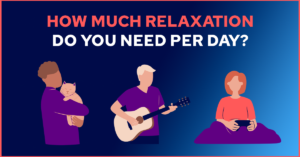How Much Relaxation Do You Need Per Day: Finding The Perfect Balance For Productivity

Feeling stressed because there’s never enough time to chill? Here’s a fun fact: finding the perfect amount of downtime—between two and five hours a day—can make you happier. This article will show you how to hit that sweet relaxation-productivity balance, making sure your free moments count.
Ready for a happier life? Keep reading!
Key Takeaways
- Downtime is crucial for our brains to recharge, leading to better decisions and creativity. Aim for 2 to 5 hours of free time daily.
- Less than 2 hours of relaxation increases stress and may lead to burnout. More than 5 hours can make you feel unproductive.
- Balancing work and play involves setting clear boundaries, taking short breaks, planning enjoyable activities, exercising, limiting screen time, practicing mindfulness, focusing on quality over quantity in leisure activities, and reflecting on fulfilling experiences.
Understanding the Importance of Downtime

Downtime is like a secret sauce for our brains. It gives us space to rest, think clearly, and get ready for more work or play. Think of your brain as a battery; just as you need to charge your phone, your brain needs time off to recharge.
This helps in making better decisions, being creative, and feeling happier overall.
People often feel that being busy every minute means they’re productive. But actually, taking breaks can make us do better when we get back to work or school tasks. Research found that folks with 2 to 5 hours of leisure time a day are the happiest.
They’ve hit the sweet spot between too much and too little free time. So, playing a video game or taking a quiet bath isn’t just fun—it’s part of keeping our minds sharp and spirits high.
Optimal Amount of Daily Relaxation for Productivity
So, we’ve just unpacked why taking breaks isn’t just nice, but necessary. Moving on, let’s dive into the sweet spot of daily relaxation for keeping your productivity at its peak. Think of it as finding the perfect recipe where too little leaves you craving more and too much spoils the broth.
| Amount of Free Time | Impact on Happiness | Impact on Productivity |
|---|---|---|
| Less than 2 hours | Increases stress, decreases happiness | May increase short-term productivity but leads to burnout |
| 2 to 5 hours | Just right for happiness | Boosts long-term productivity by preventing burnout |
| More than 5 hours | Feels like too little to do, decreases happiness | Reduces sense of accomplishment, harming productivity |
So, what’s the takeaway here? Well, if you’re clocking less than two hours of chill time, you’re probably on the express train to Stressville – not a fun place to be, and definitely not great for those creative juices. On the flip side, lounging for more than five hours might sound like a dream, but it’s kind of like having too much cake. Sure, it’s awesome at first, but then you’re just left with a tummy ache and regret.
Now, that golden range – two to five hours of free time – that’s where the magic happens. It’s like Goldilocks finally finding the bed that’s just right. Not too hard, not too soft. You get enough rest to feel refreshed, but not so much that you start feeling like you’re not accomplishing anything. And in the grand scheme of things, feeling productive and happy is kind of the goal, right?
So, aim for that sweet spot. It’s not just about clocking hours for the sake of it, but making sure those hours help you recharge in a way that makes coming back to the grind not just bearable, but enjoyable. Remember, it’s all about balance. Too little rest and you’re running on empty. Too much, and you might just stall. But just enough? You’re cruising on the highway of productivity with the wind in your hair and a smile on your face.
Strategies for Balancing Relaxation and Productivity
Finding the right mix between kicking back and getting things done is key. It’s like finding the perfect blend of coffee that’s not too strong but still wakes you up. Here are some ways to strike that balance:
- Set clear boundaries between work and play time. Decide when your workday starts and ends. This helps your brain switch modes. Think of it as turning on a “work mode” light and then switching it off for “fun mode.”
- Take short breaks during work. Every hour, step away for a bit. Maybe take a walk or just do something different from work tasks. These little pauses help keep your mind fresh.
- Plan fun activities after work or during breaks. Having something to look forward to can boost your mood and productivity. This could be anything from reading a book to taking a leisurely bath.
- Use your free time wisely — remember, two to five hours is the sweet spot! Engage in hobbies or volunteer work instead of just watching TV or scrolling through social media.
- Get moving with exercise or outdoor walks during some of that down time; it’s great for both body and mind, making you more ready to focus when it’s go-time.
- Limit tech use in your free time — screens often trick us into feeling busy without real relaxation or happiness kicking in.
- Meditate or practice mindfulness to clear your head, especially if juggling too many tasks gets overwhelming.
- Quality over quantity: Make the best out of those 2-5 hours by doing things that truly make you happy rather than trying to fill every minute with activity.
- Reflect on what makes you feel most fulfilled — sometimes, doing less but more meaningful stuff brings greater joy and satisfaction.
With these strategies in place, finding that sweet balance should become more natural, letting both productivity and relaxation have their rightful place in our daily routines.
Conclusion
So, you’re trying to hit that sweet spot of chill time and work grind, right? Guess what – finding that balance isn’t just nice; it’s essential. Aim for 2 to 5 hours of downtime a day.
Too little and you’re stressed out. Too much and you feel lazy. The trick is doing things that make you light up during those free hours – like hanging out with friends or diving into hobbies.
Keep it between the lines of too busy and twiddling your thumbs, and hey, you might just crack the code to feeling good and getting stuff done.
FAQs
1. How much free time do I really need to be happy?
Well, a new survey found that people were happiest with about two hours of downtime a day. That’s right, not too little and not too much—just enough time for a Netflix episode or two and maybe even taking your dog for a stroll around the block.
2. Is there such thing as too much relaxation?
Yes, believe it or not! When we have more leisure activities than we know what to do with (think: endless scrolling through channels), our brains can get bored—and boredom is the enemy of happiness. Finding ways to spend our precious free time without falling into the trap of feeling idle is key.
3. Can relaxation boost my creativity at work?
Absolutely! Taking breaks and allowing yourself some unscheduled downtime lets your brain relax and recharge—kinda like giving it a mini-vacation. This can lead to increased creativity and better decision-making when you’re back on the job.
4. What are some good ways to relax without getting bored?
Try mixing things up! Instead of just zoning out in front of the TV, why not call a friend, take a relaxing bath, or if you’re feeling adventurous, try volunteering? These activities can make you feel like you’ve done something worthwhile with your day off.
5. Does having kids or pets affect how much relaxation I need?
Oh boy, does it ever! Family responsibilities mean that “me” time becomes even more precious—and sometimes harder to find. But don’t burn yourself out; even short periods of rest (like playing with your kids or petting your dog) can help recharge those batteries.



